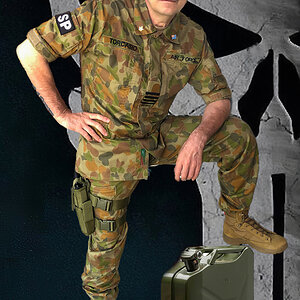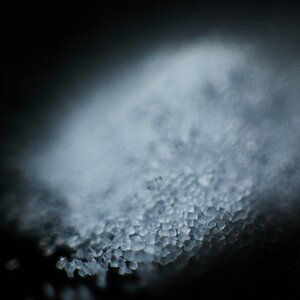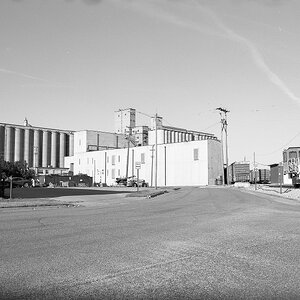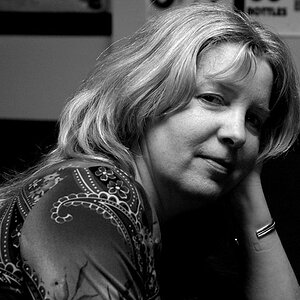vivdub
TPF Noob!
- Joined
- Mar 14, 2015
- Messages
- 78
- Reaction score
- 12
- Can others edit my Photos
- Photos OK to edit
Hi,
I faced this issue in 2 of my shoots.
The interior was light with yellow lights.
While taking pic I made sure to set exposure such that the subject is mostly black or very lightly lit ( in order for camera to focus).
I then used flash with an umbrella, but still I got a yellow section on face.
What can be the solution to this ?
Thanks
I faced this issue in 2 of my shoots.
The interior was light with yellow lights.
While taking pic I made sure to set exposure such that the subject is mostly black or very lightly lit ( in order for camera to focus).
I then used flash with an umbrella, but still I got a yellow section on face.
What can be the solution to this ?
Thanks




![[No title]](/data/xfmg/thumbnail/35/35667-929554d4a99c11e00cc6fb65672d03e0.jpg?1619737090)

![[No title]](/data/xfmg/thumbnail/37/37616-5e9d06af384cf745ad31a513e49183a9.jpg?1619738151)


![[No title]](/data/xfmg/thumbnail/37/37619-ccc825bbe41ff30b1d1e808dec8d6932.jpg?1619738152)
![[No title]](/data/xfmg/thumbnail/32/32699-3434a76363cb383404e00a3cd5ed5728.jpg?1619735601)

![[No title]](/data/xfmg/thumbnail/35/35263-86f580cf5d28d23109a45984030a79ad.jpg?1619736968)


